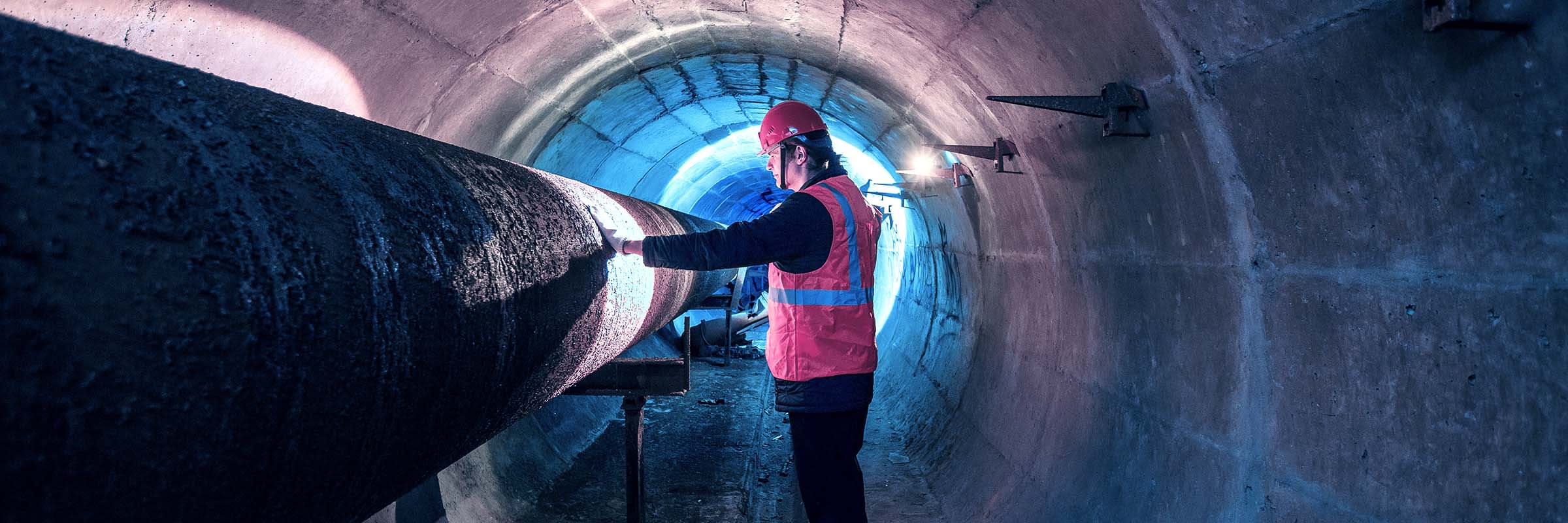Taking human error out of lone worker safety

“Our employees recognize it is for their safety. They want to make sure they make it home safe every day and that somebody’s looking out for them.”
Shawn Haye, Water Treatment Manager,
City of St. John’s
Employees of the City of St. John’s Department of Public Works and Water Treatment spend much of their time working alone in water treatment plants with little or no cellular reception. The City’s lone worker safety protocols required employees to find a phone and call in every hour, but that system relied on both the workers and the monitors in the call centre keeping track of time. This led to a high potential for error and greater risk for workers.
Bell was already providing mobility solutions for the City of St John’s. When a Bell representative suggested an easier way to monitor lone workers, the existing relationship and trust gave the City the confidence to launch a proof-of-concept pilot project. It found that SafetyLine, Bell’s lone worker safety solution, was easier to use and more reliable than its previous system, eliminating the risk of losing track of a worker at just the wrong moment. As a result, the solution was quickly implemented across the whole department.
We spoke to Shawn Haye, Water Treatment Manager with the City, about how SafetyLine helps keep lone workers safe every day and demonstrates that their well-being is a priority.
What types of challenges were you facing with your former lone workers safety system?
“[Our old system] was working to a point, but there was always that room for the human element. There was always that room for error where our operator did not always call in on the hour – our benchmark was that you had to check in every hour. [The workers] weren’t always calling in on time, and nobody was checking in on them, and it became a bit of a struggle to make that system work for us.”
How has SafetyLine helped your operations?
“The beauty of it is that when a worker is busy and working alone in a water treatment plant, which is more or less a concrete bunker with little or no cell coverage, SafetyLine will check on you – even without cellular reception. It makes it a lot easier and saves a lot of time in their day by not having to talk to someone and just pressing a button to say they’re OK.”-
How has SafetyLine benefitted your employees?
“Our employees recognize that it is for their safety. They want to make sure they make it home safe every day and that somebody’s looking out for them.”-
Taking human error out of lone worker safety
Automated and cloud-based, SafetyLine prompts lone workers to check in with their employer at predetermined times and sends customized notifications if a check-in is missed. Additionally, with every check-in, the employer and monitor will be sent the lone worker’s location, work-related correspondence and other useful information about their circumstances.
Haye says he and the rest of the water treatment team have found SafetyLine easy to use, letting them focus on their work without having to remember to check in. From his perspective, the system gives him greater peace of mind, knowing his lone workers are safe no matter when or where they are working.
“Our old system, as far as I’m concerned, had too many problems, especially the human element and the fact that people become complacent and forget to check in,” Haye says. “[SafetyLine] has taken all that out of the window and is a much better solution.”